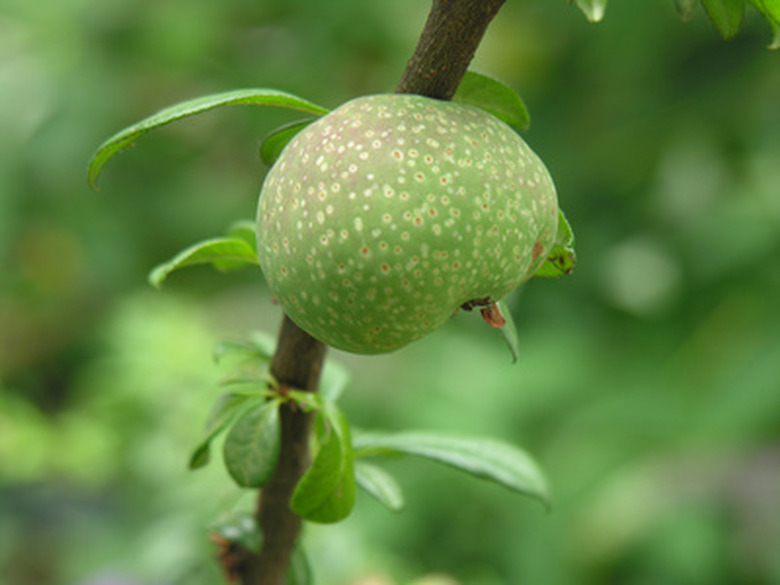Plants For Heavy Clay Soils
Clay soils are very dense and often need improvement before any plants can grow in them. This type of soil does not provide adequate drainage for most plants and is usually lacking in nutrients. Heavy clay soil turns into a concrete-like medium after it has gotten wet and then dried. Clay soil can deprive the roots of most plants of the oxygen needed to survive. But some plants can grow in clay soil if you work with them.
Flowering Quince
The flowering quince (Chaenomeles speciosa) is native to China. It can grow up to 10 feet tall and has pink, red or white flowers that bloom in early spring. The quince prefers to grow in well-drained, moist soils, but can tolerate drought and extremely dry clay soils. It prefers full sun to partial shade and produces a tangy, green fruit that is often used in jellies.
- Clay soils are very dense and often need improvement before any plants can grow in them.
Forsythia
Forsythia (Forsythia x intermedia) is a hardy, deciduous species of shrub that produces showy yellow flowers in early spring. It can reach heights of 10 feet and can adapt well to many different types of soils, including heavy clay. Forsythia prefers full sun but can tolerate partial shade, and requires little care. It can be easily transplanted by cuttings. Forsythia is often planted together in masses and used as a border or natural screen for lawns.
Hydrangea
Hydrangeas (Hydrangea macrophylla) are deciduous shrubs that produce large blooms. The flowers can be red, white, lavender and blue. They grow in a wide variety of soils, including heavy clay, but prefer well-drained soils. Clay soils are naturally acidic, which will make the blooms on hydrangeas blue. Some varieties of hydrangea, such as the Pee Gee, can reach heights of 25 feet. Most hydrangeas grow to around 6 feet tall.
- Forsythia (Forsythia x intermedia) is a hardy, deciduous species of shrub that produces showy yellow flowers in early spring.
- It can reach heights of 10 feet and can adapt well to many different types of soils, including heavy clay.
Daffodils
Daffodils (Narcissus pseudonarcissus) require little effort to grow, and will thrive in nearly every type of soil. Coarse sand and organic materials such as peat moss should be added to heavy clay for the best result. Daffodils are perennials with bright yellow flowers that bloom in early spring and will come back year after year. These flowers need full sunlight for at least half of the day and are frequently used as a border.
